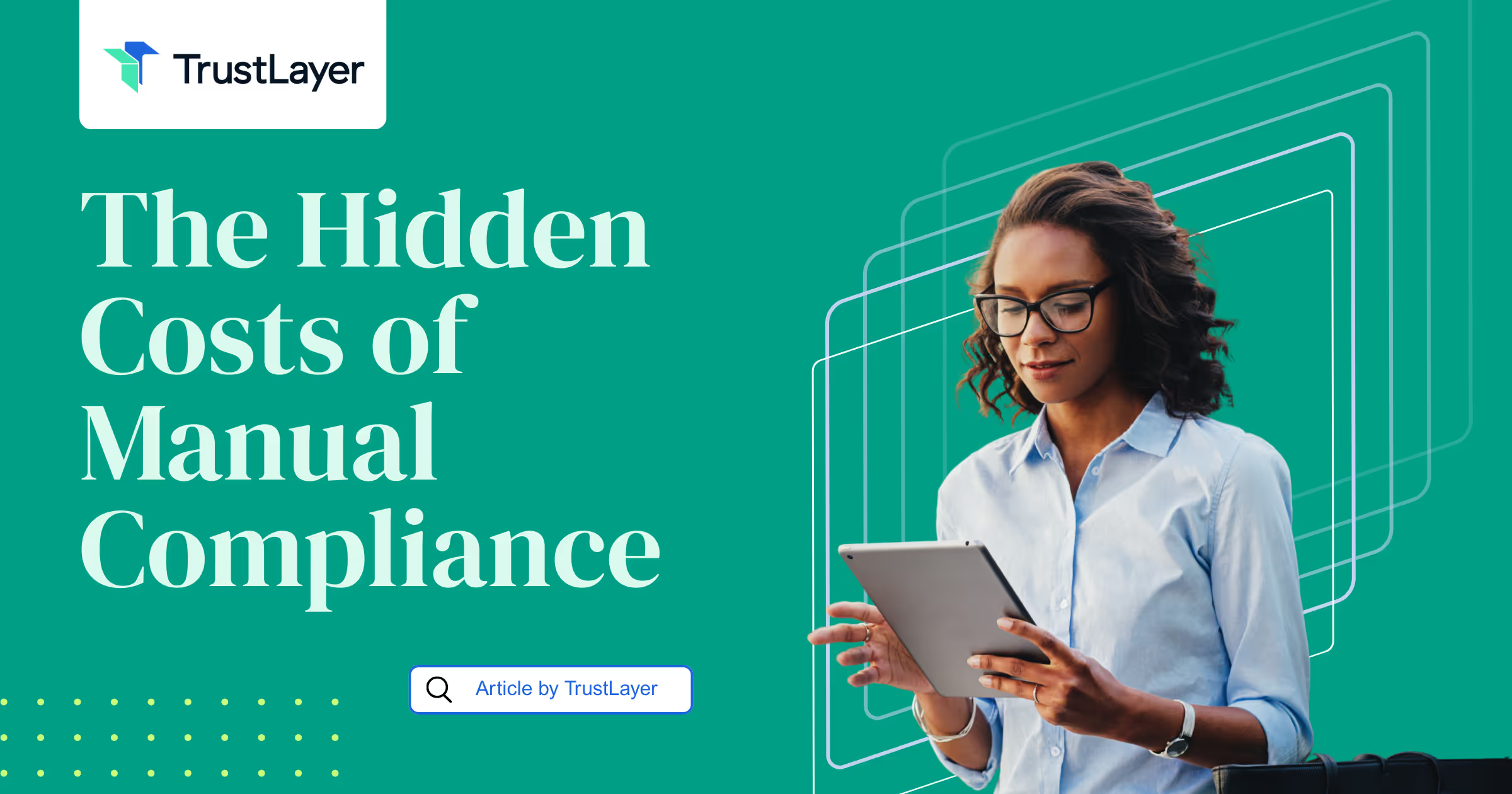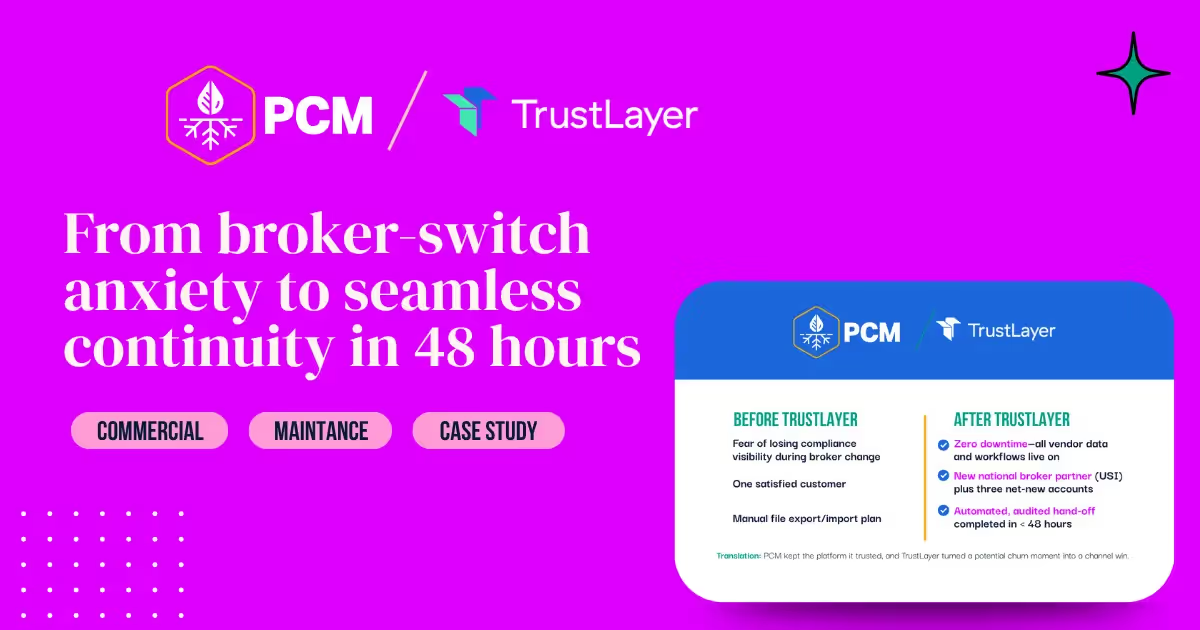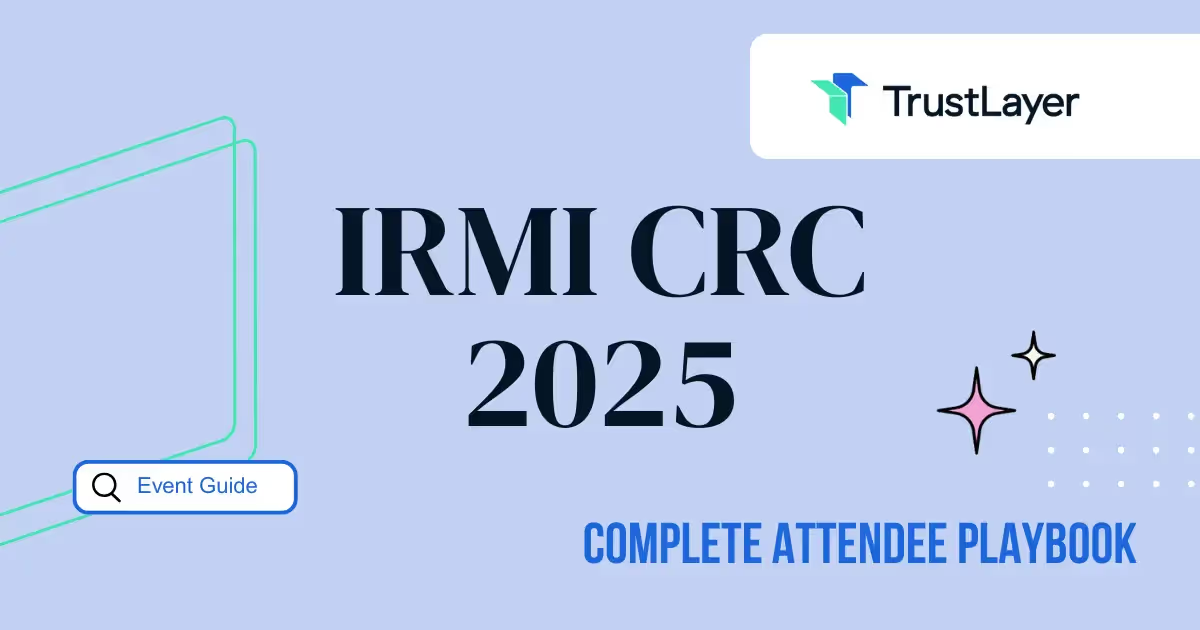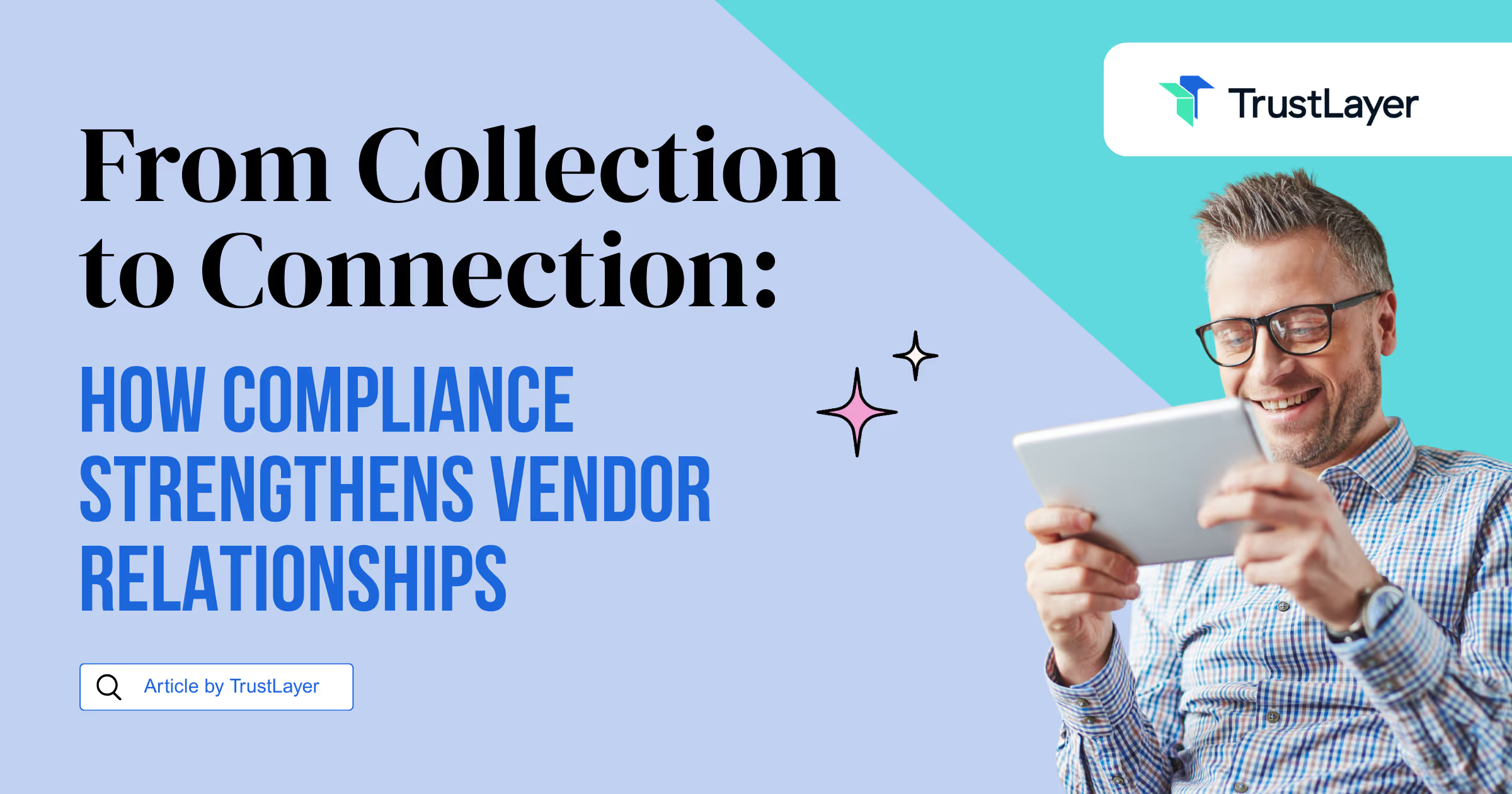Do Your Insureds Verify COIs? Do You Know How?
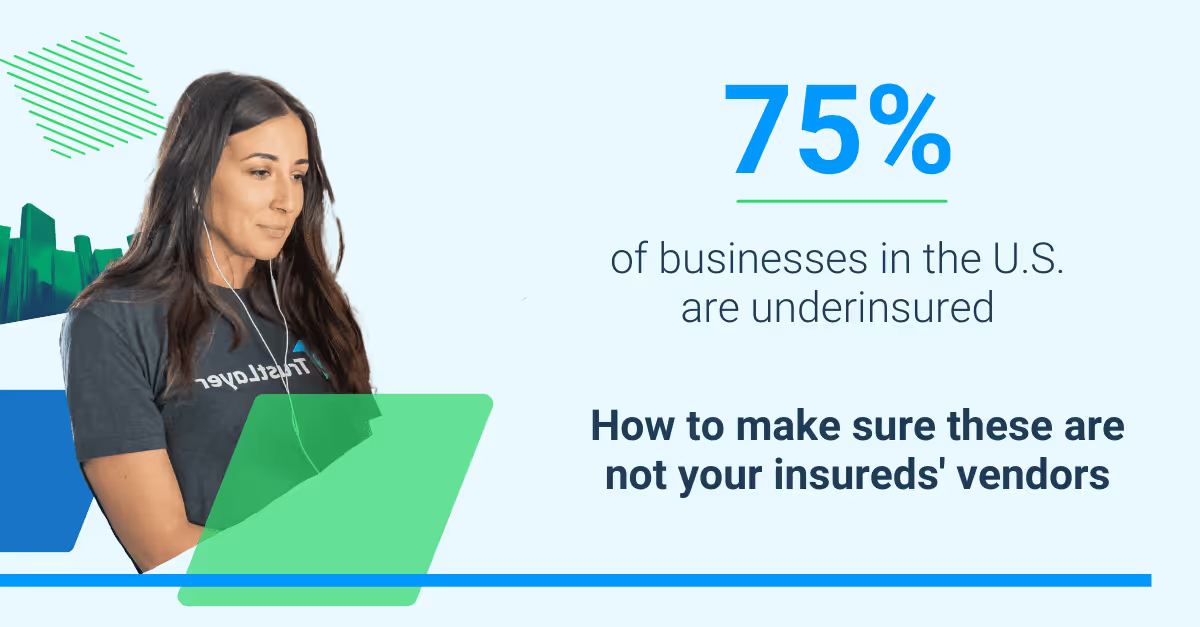
By Alicia Sandlin
Most brokers and insurance carriers hope their insureds verify COIs annually, but don’t have a formal process that guarantees it. Explore the 4 key challenges to the current COI verification process.
It’s on every insurance application, and top of mind for every underwriter when pricing coverage:
Do you verify vendor certificates of insurance?
Although the answer is almost always a resounding “yes,” there are varying ways insureds do this, and most don’t realize their verification and tracking may actually be inefficient, ineffective or may even be totally inaccurate.
As a carrier, you’ve likely upped your due diligence on certificate of insurance (COI) verification in recent years. And rightfully so. When insureds don’t perform this function properly, you’re left with a claim.
Take the following real claims scenarios:
A general contractor was managing their subcontractor’s COIs manually and wasn’t careful about tracking renewals. A subcontractor on one of their job sites got seriously injured and sued the GC. During the resulting lawsuit, it came to light that the subcontractor’s liability coverage hadn’t been renewed. The result was a $1.3M claim.
A small business had 40 vendors. One was a roofing vendor who submitted a fake COI. The less-than-honest business racked up hundreds of thousands of dollars in claims over the course of the year.
Whether it’s poor vendor management or a falsified COI, the result is the same: It’s the carrier who pays the bill.
4 key challenges to the COI verification process
Before the pandemic, as many as 75% of businesses in the U.S. were underinsured by 40%. The pandemic only exasperated business risk. As small to mid-size businesses pivoted and changed their employee make-up, scope of work or even the risks they now take, the policies they have longer cover them adequately.
In 2022, trusting a piece of paper that’s easy to falsify, or not knowing if your insured has a dedicated procedure for collecting subcontractor or vendor COIs opens every business up to increased risk.
There are 4 key challenges to the COI verification process:
1. Time. Businesses are often trying to onboard a vendor quickly to commence work. When the COI can’t be verified in time, businesses have a choice: to delay the project, which often means losing money, or take a chance they know they shouldn’t just to move things along.
On the back end, when you’re pricing coverage that’s dependent on a vendor COI, or when there’s been a claim, the carrier is tasked with hunting down the COI. This results in a delay, which pushes out both the quoting and the claims process.
2. Human error. When paper COIs are submitted, data must be transported to an Excel spreadsheet or some other database of carrier or business information. This opens the door to human error. Policy numbers are incorrectly copied or data that’s being transposed is transferred to the wrong line item or isn’t transferred at all. In today’s world, non-digital assets are much harder to track, and ultimately reference when needed.
3. Fraud. When vendors know they are being watched and their COI is being verified over time, they’re less likely to engage in fraudulent activity. Similarly, when their COI can be confirmed as valid, the business and the carrier gain peace of mind.
4. Lack of risk visibility. Without vendor COIs in one place, or a tried-and-true system to verify new COIs annually, there’s a gap in risk exposure. For example, vendors may have coverage initially, but then either knowingly or unknowingly fail to renew their policy the following year. This opens businesses up to exposures they don’t know they have, which can be damaging to them and their carrier.
There must be a better way
It’s time the COI verification process goes digital.
More than 200,000 COIs are utilized daily across the globe. These COIs are renewed and collected once a year. Imagine all the time you’d save, human error you’d eliminate, fraud you’d reduce and risk visibility you’d gain if there was a way to trust in a digitized COI verification process with every single one of your insured partners.
With TrustLayer, we can finally say there is.
About the author
Alicia Sandlin is a Director of Strategic Initiatives at TrustLayer, where she is responsible for driving demand and adoption for the industry-first Digital Proof of Insurance solution amongst insurance carrier partners. Alicia has nearly 20 years of multiline global insurance experience in managing a large-scale portfolio of enterprise clients, Underwriting, Global Casualty Auditing, and Portfolio Program Management. She is passionate about building meaningful connections with customers & partners and is a champion of diversity, equity, and inclusion.







